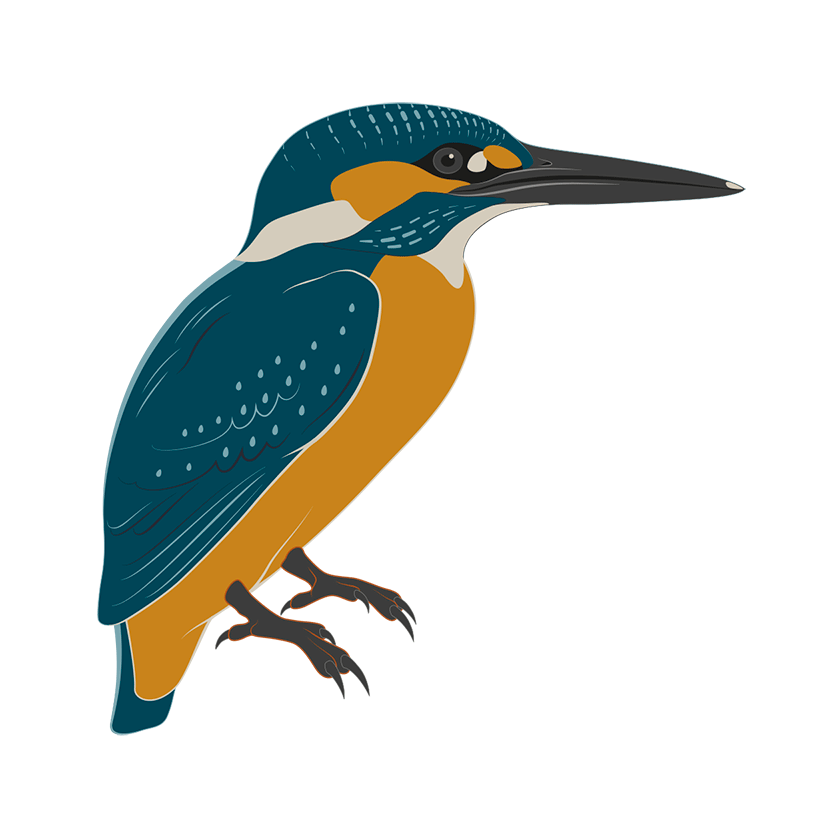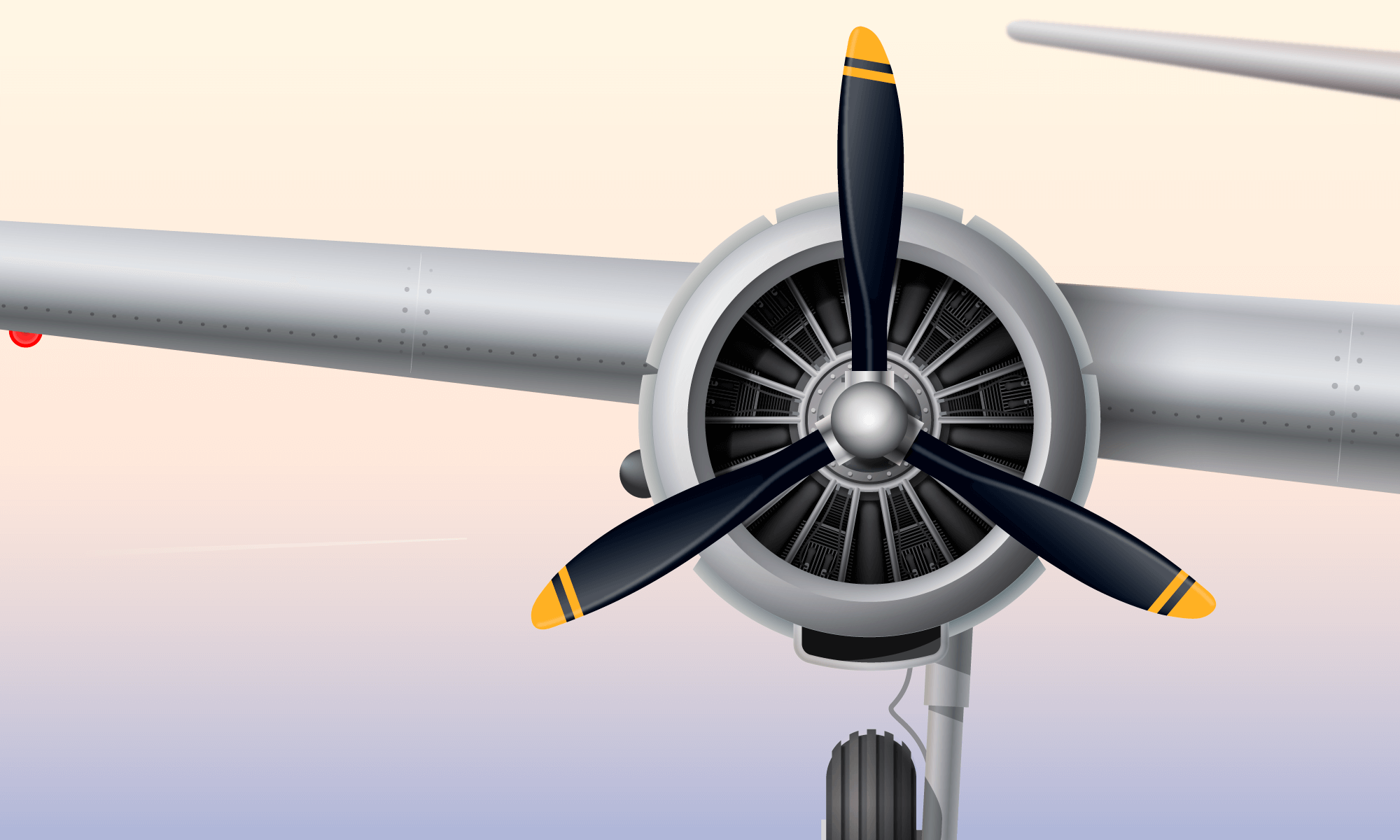Infographics represent information – such as facts and data – in a visually attractive and understandable way. Ideally, they tell a fascinating story and are eye-catching. It is knowledge transfer in the form of a visualization or even an animation, taking into account various aspects. Pointing out connections should both clarify the facts and stimulate thinking. Therefore, a correct and thus credible representation of complex things is all the more important. The term ‘Graphical Abstract’ appears specifically in science and is an infographic that presents the key message of the publication. In general, infographics enrich not only publications, but also media such as presentations, information boards or annual reports. Scientific, technical, medical, regulatory or other topics become more accessible thanks to infographics.






Ein Auftrag der Denkmalpflege & Kantonsarchäologie Zürich

